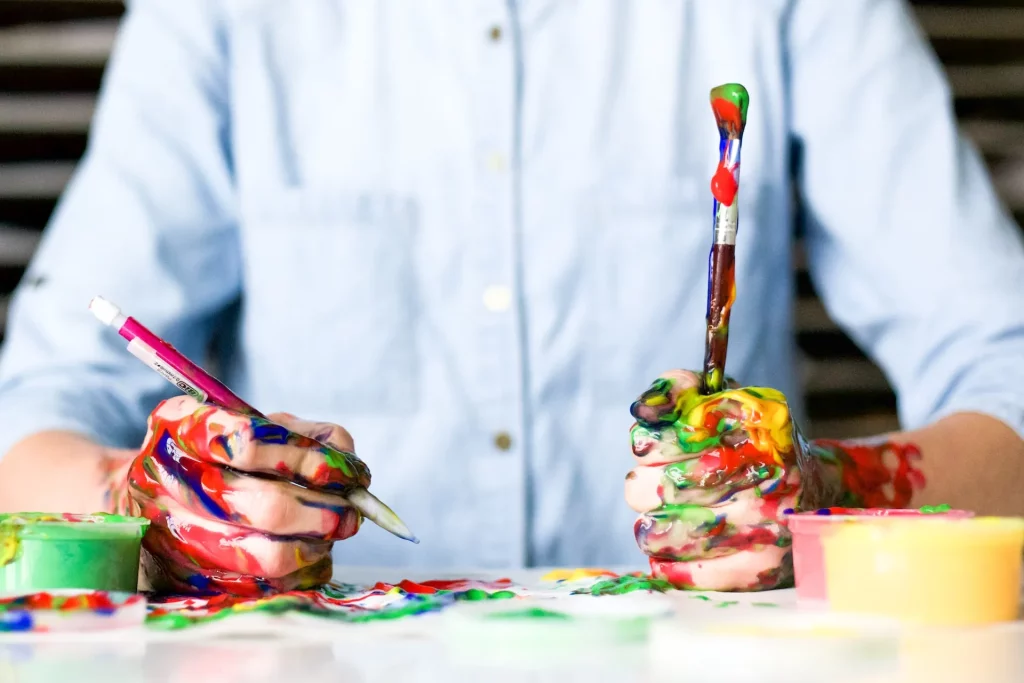Table of Contents
Art education has been a cornerstone of cultural and intellectual development for centuries, offering individuals the opportunity to explore their creativity and connect with the rich tapestry of human history. Central to the process of art education is the use of reproductions, which act as invaluable tools in conveying artistic mastery, understanding art history, and honing technique. In this article, we will delve into the vital role reproductions play in art education, focusing on renowned works like Rembrandt’s Oil Painting “Old Man Praying.”
The Power of Reproductions in Art Education
Reproductions are exact copies or replicas of original artworks created through various means, such as printing, photography, or digital rendering. They serve as accessible gateways for both novice and seasoned artists to engage with renowned pieces of art without needing to access the originals, often held in distant museums or private collections. Beyond mere aesthetics, reproductions are powerful educational tools for several reasons.
Preservation of Art History
One of the primary roles of reproductions is preserving art history. Countless masterpieces, like Rembrandt’s Oil Painting “Old Man Praying,” are centuries old and are displayed in controlled environments to prevent deterioration. Reproductions allow art enthusiasts, scholars, and students to study these works without risking damage to the originals.
Rembrandt’s Oil Painting “Old Man Praying,” created in the 17th century, is a remarkable example of this preservation. Its exquisite details, the nuanced play of light and shadow, and the emotive portrayal of the subject’s devotion have made it an iconic piece of art history. Through reproductions, the essence of this masterpiece is made accessible to learners worldwide, fostering a deeper appreciation for Rembrandt’s genius and the era in which he lived.
Technical Skill Development
Art education isn’t just about admiring great works; it’s also about developing the technical skills necessary to create art. Reproductions serve as practical aids in this regard. Aspiring artists can use them to practice techniques such as brushwork, color blending, and composition, honing their abilities before attempting original creations.
For instance, when aspiring painters seek to emulate Rembrandt’s style, “Old Man Praying” offers a wealth of learning opportunities. Reproducing the intricate details of the old man’s hands, the subtle transitions between light and shadow, and the rich palette of colors allows students to refine their skills and understand Rembrandt’s mastery.
Enhancing Art Appreciation
Reproductions aren’t limited to the classroom; they also enhance art appreciation among the general public. Many people may not have the opportunity to visit renowned art museums or galleries in person. Reproductions bridge this gap by bringing art to public spaces, enriching everyday environments with cultural significance.
Imagine encountering a reproduction of “Old Man Praying” in a public park or a local library. It not only beautifies the surroundings but also sparks conversations, piques curiosity, and introduces individuals to the world of art. Reproductions thus serve as ambassadors for the art world, fostering a sense of connection and appreciation among diverse audiences.
Accessible Art Education
In today’s digital age, the accessibility of art education has been further expanded through online platforms. Art enthusiasts can access digital reproductions of masterpieces with ease, making learning and appreciation more inclusive. These digital reproductions often come with interactive features, enabling users to zoom in, explore intricate details, and gain a deeper understanding of the artist’s technique.
Rembrandt’s Oil Painting “Old Man Praying” has not only been replicated in physical forms but also digitized to reach a wider audience. This digital accessibility allows individuals from all walks of life to engage with this iconic work and explore the nuances of Rembrandt’s artistry, regardless of their geographical location.

Challenges in Reproducing Art
While reproductions hold immense educational value, they are not without challenges. Accurately capturing the essence of an original work, including its texture, brushwork, and color palette, can be demanding. Moreover, the choice of printing technique, materials, and fidelity to the original can vary significantly, affecting the quality of the reproduction.
For “Old Man Praying,” capturing the depth and luminosity of Rembrandt’s oil painting in a reproduction requires meticulous attention to detail. Skilled artisans and advanced printing technologies are necessary to replicate the nuances of the original piece faithfully.
Final Thought
In the realm of art education, reproductions play an indispensable role in preserving art history, nurturing technical skills, enhancing art appreciation, and making art accessible to all. Works like Rembrandt’s Oil Painting “Old Man Praying” continue to inspire generations of artists and enthusiasts, thanks to the enduring power of reproductions. As we embrace the digital age, these replicas will undoubtedly remain vital tools in shaping the future of art education, allowing individuals worldwide to connect with the rich legacy of artistry that has shaped our world. So, whether you are a budding artist or an art enthusiast, never underestimate the value of a well-crafted reproduction – it may just be your gateway to a world of artistic discovery.

Liam Stephens is a dynamic and skilled blogger, recognized for his ability to identify trends and create compelling content. As the founder of Remi-Portrait.com, Liam has become a reliable source of information across various fields such as food, technology, health, travel, business, lifestyle, and current events. He specializes in delivering up-to-date technology news and insights, catering to the diverse community that surrounds Remi-Portrait.com. His proficiency and engaging writing style have earned him a dedicated audience, solidifying his reputation in the digital sphere.



